I think the city council and mayor would probably want to kill me if they read the title of this article. To be clear, Reno Nevada at large is not declining. It’s a thriving small city that continues to attract businesses and people as it spreads its mcmansion infused tentacles into the adjoining valleys.
While I live in midtown Reno, in which the city has continued its campaign of urban renewal with designated historic districts and the encouraging of many new small and unique businesses that attract a volume of both tourists and locals, I think it’s indisputable that the old downtown area, which used to be the thriving hub of Reno (at least for tourists and the Reno economy) and the adjacent 4th Street area, are both in the throes of a gradual but inexorable decline.
I have an abiding interest in the ebb and flow of decay and renewal cycles in cities and I realized I’d never shot much of the once iconic of Reno downtown area.
I had two somewhat urgent reasons for wanting to get out and shoot on this particular day. One, a battery of wet and cold storms was about to pummel the entire West, I don’t particularly enjoy either walking or photographing in snow, so my window to get out there was narrowing fast. Two, last month I had mixed up a batch of Kompostinol developer and I had no idea how long it would keep in the refrigerator, in addition I was trying to get a handle on temp and developing times with this new to me developer. So what is Kompostinol? Allow me to explain in my somewhat circuitous way.
So what the heck is Kompostinol anyway?
A while back I read an article here on 35mmc about the wonderful little book called re·source by The Sustainable Darkroom. One of the articles within it was Kompostal and Tuttifruttol by Dagie Brundert describing film developers made from vegetable and fruit scraps. My interest was immediately piqued as one of my favorite developers, Artemisianol a sagebrush developer, is based on a recipe by Dagie.
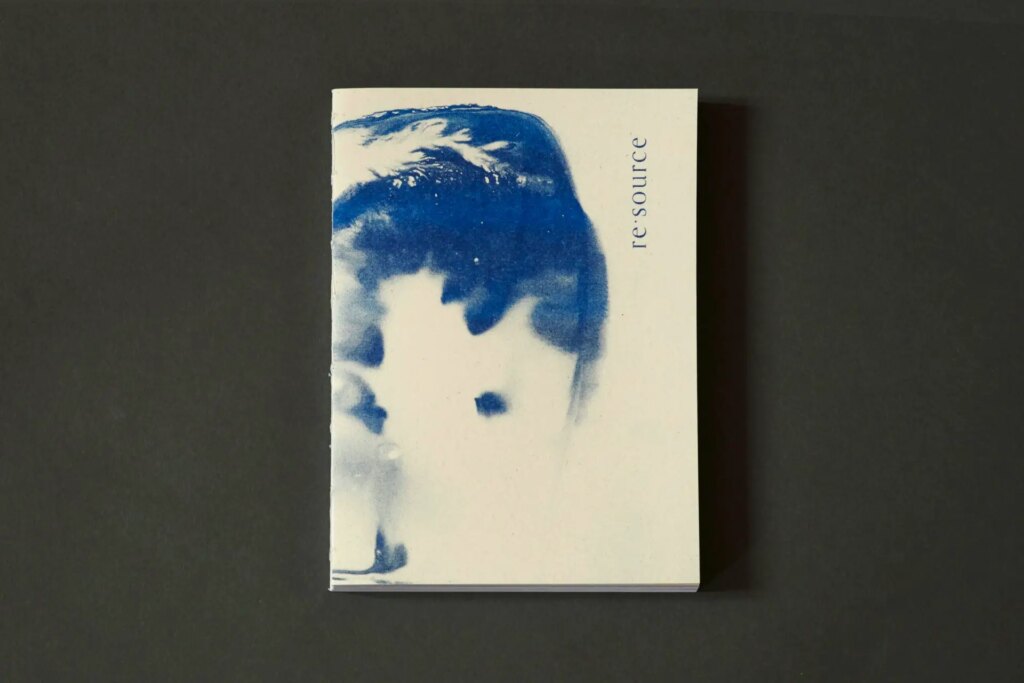
I made up a batch of developer from a mixture of fruit and vegetable scraps using the recipe given by Dagie with the addition of 1 gram of potassium bromide per liter to slow developing speed, and increase acuity, as such I’ve taken the liberty of renaming it Kompostinol.
To be clear, both Kompostal and Kompostinol are somewhat misleading terms as no worms were injured or involved in the process.
The Recipe:
For those that are curious or interested in making Kompostinol here’s my procedure which is based on the Kompostal and Tuttifruttol article in re·source.
1. I filled a large 4 quart spaghetti pot with fruit and vegetable scraps left over from Christmas preparations, added enough water to just cover everything and boiled it for an hour.
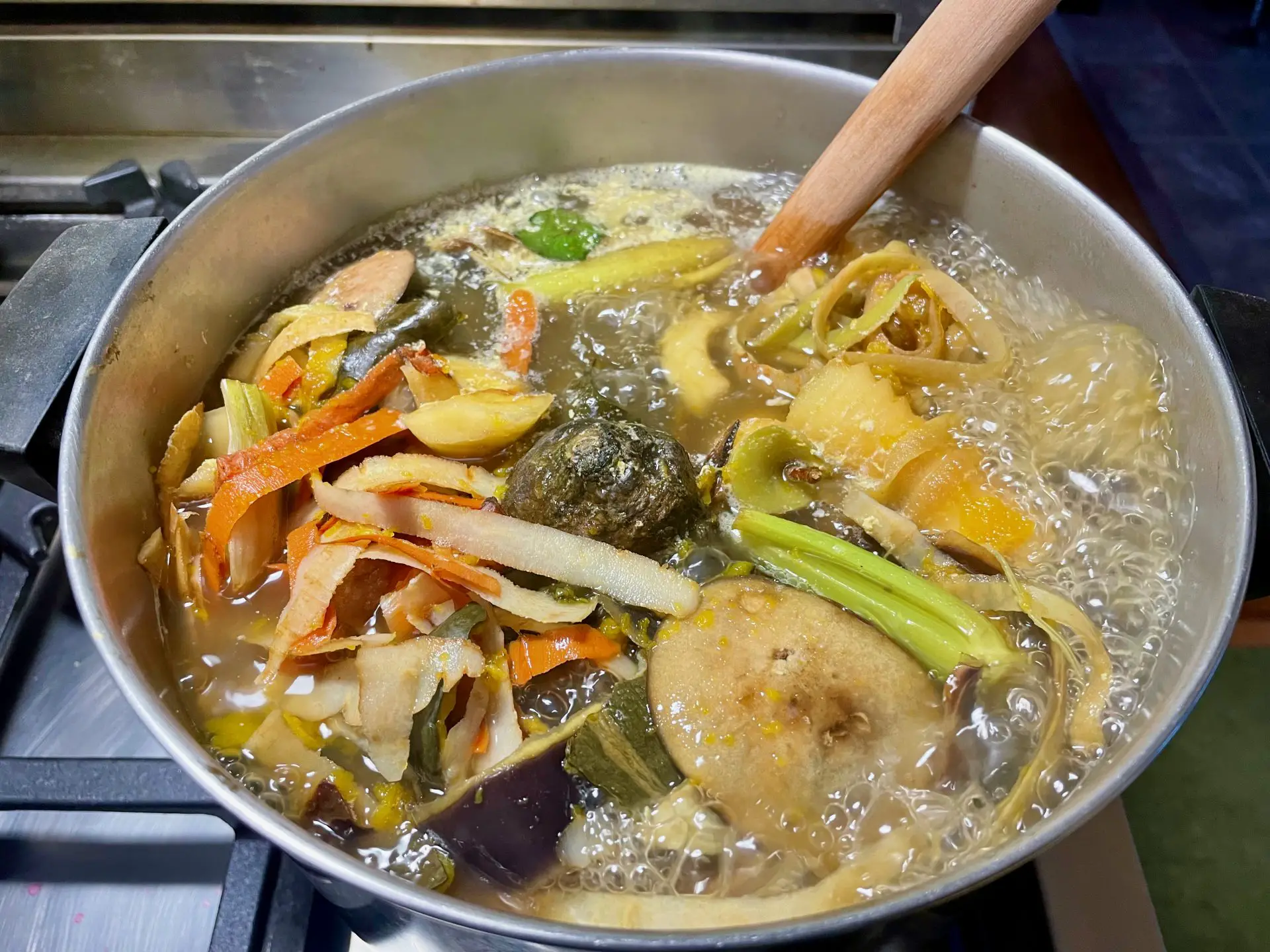
After boiling I covered the pot and put it on the back burner to cool overnight.
2. The next day I strained the mixture through cheesecloth and boiled the remaining liquid down to 2 liters, to which I added:
- 160 grams sodium carbonate
- 48 grams vitamin C
- 2 grams KBr
- Develop at 80°-93° F for 10-15 minutes
Note: that this recipe is for 2 liters of Kompostinol, not 1.
The Gear:
Because inclement weather was imminent I thought this would be a great time to shoot one my most pocketable camera/lens combinations, my old Leica Ic and my new Chroma Double Glass 24mm f/11 fixed focus lens. The Leica was loaded with a roll of Fomapan 100, which was a little slow for the cloudy weather of the day at f/11, but I wanted to see how or if Fomapan would work out with Kompostinol.
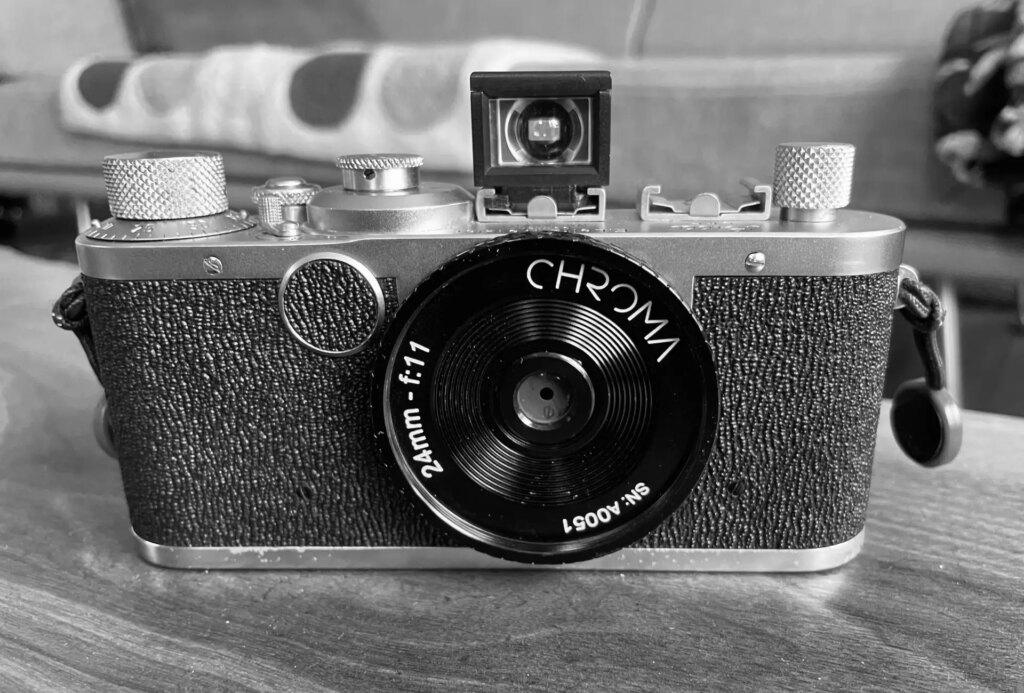
The Shots:
Here are some of the shots from that day. The first time I used Kompostinol I developed for 15 minutes at 86° F (the time and temp that I normally use for Artemisianol which is a very similar recipe) but that roll, while scannable was quite over developed. For this roll, I dropped the time to 10 minutes at 86° but this roll too came out over developed. I’ll drop the development time further and then the temperature as necessary. Kompostinol is a a surprisingly strong developer!
I really should have filtered the Kompostinol before using it again, there was a fair amount of sediment which all managed to find its way onto the film.
The Fomapan, while a nice enough film is a little low contrast for me, in combination with the soft except for the center Chroma Double Glass, I believe it gives a somewhat retro feel to these shots of urban decay in Reno. Not all these shots are of decline though, even within in the downtown area as one heads south, nearing midtown, there is a bit more liveliness visible and decay is less prominent.
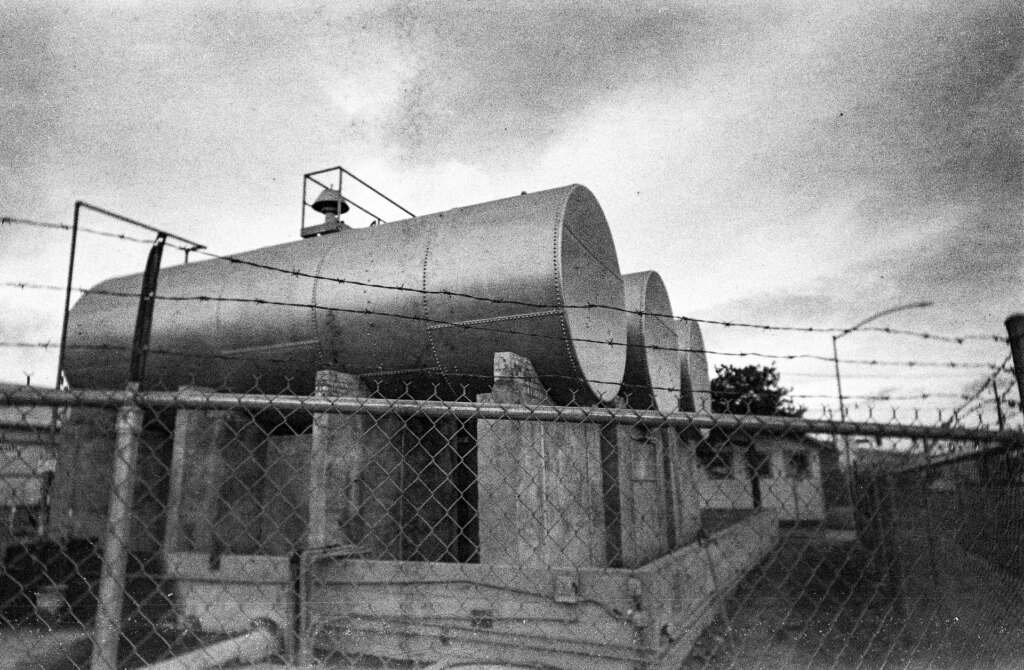
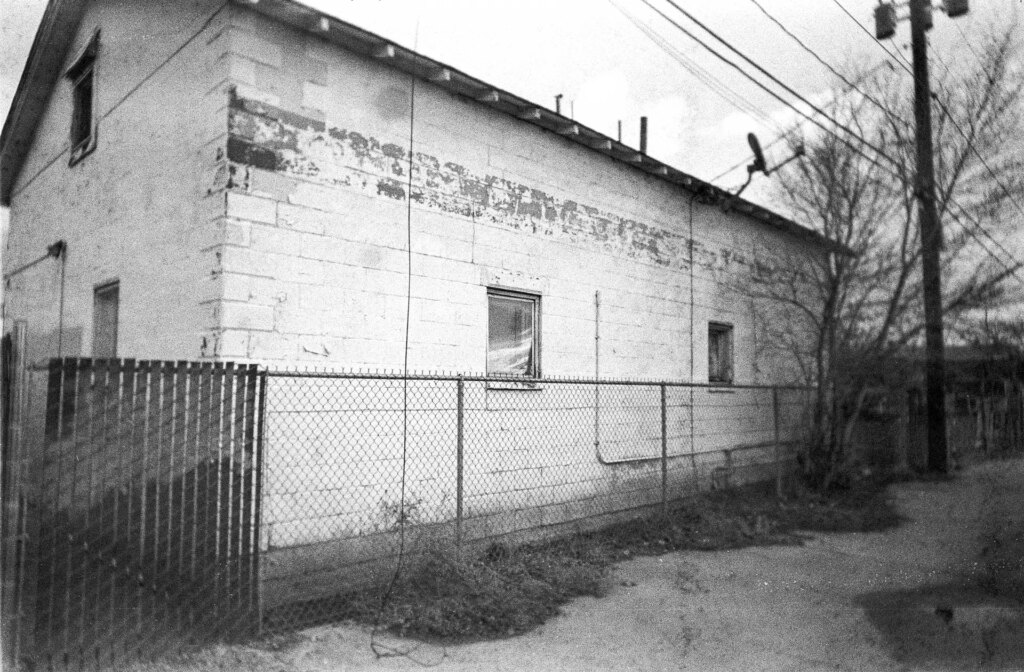
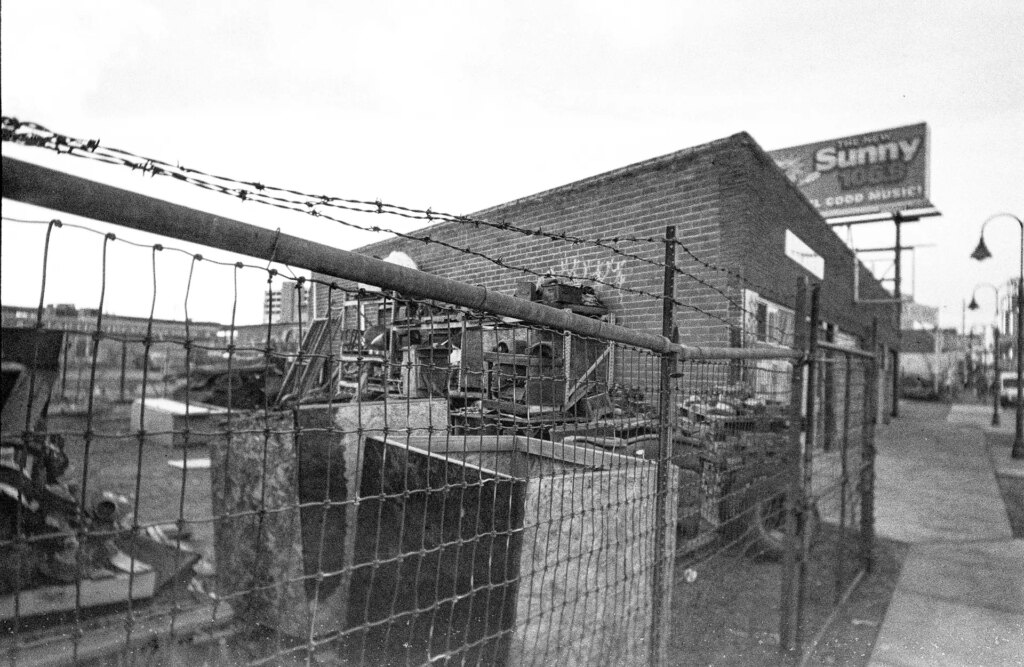
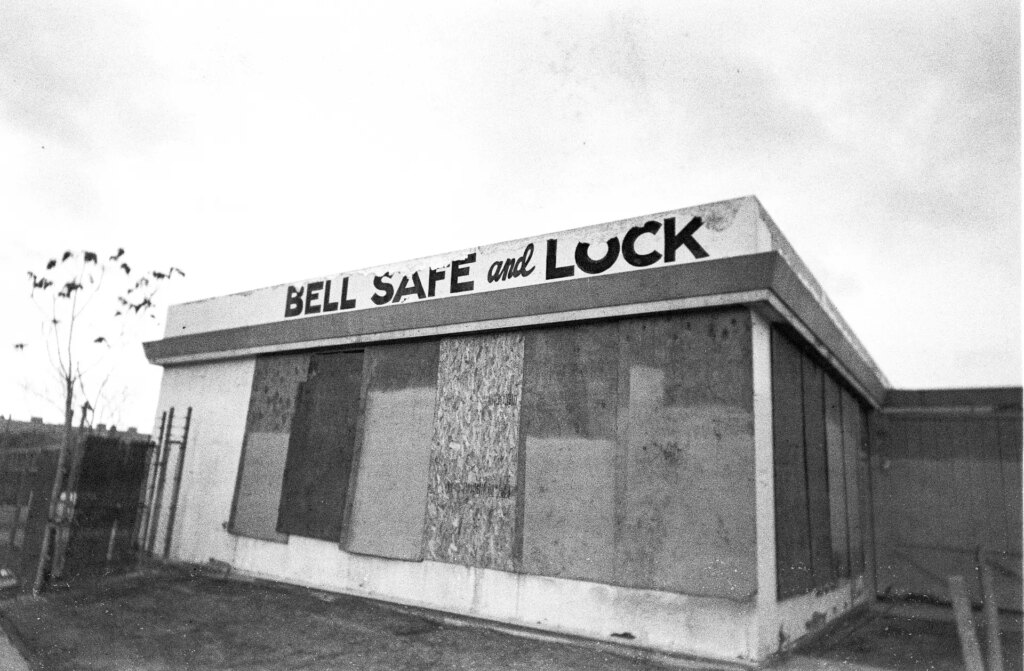
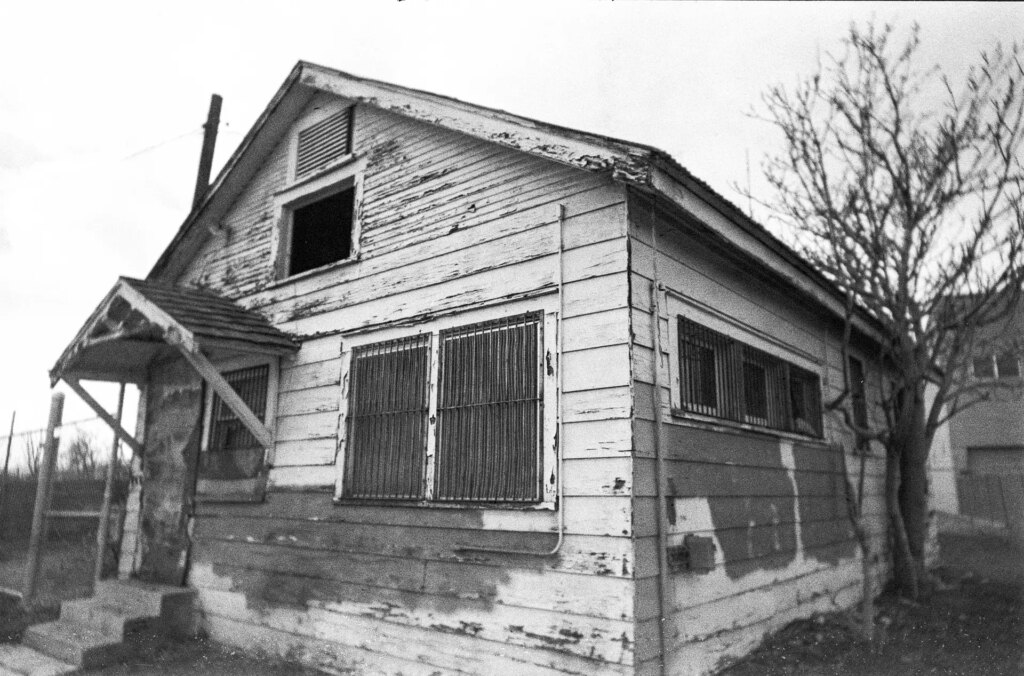
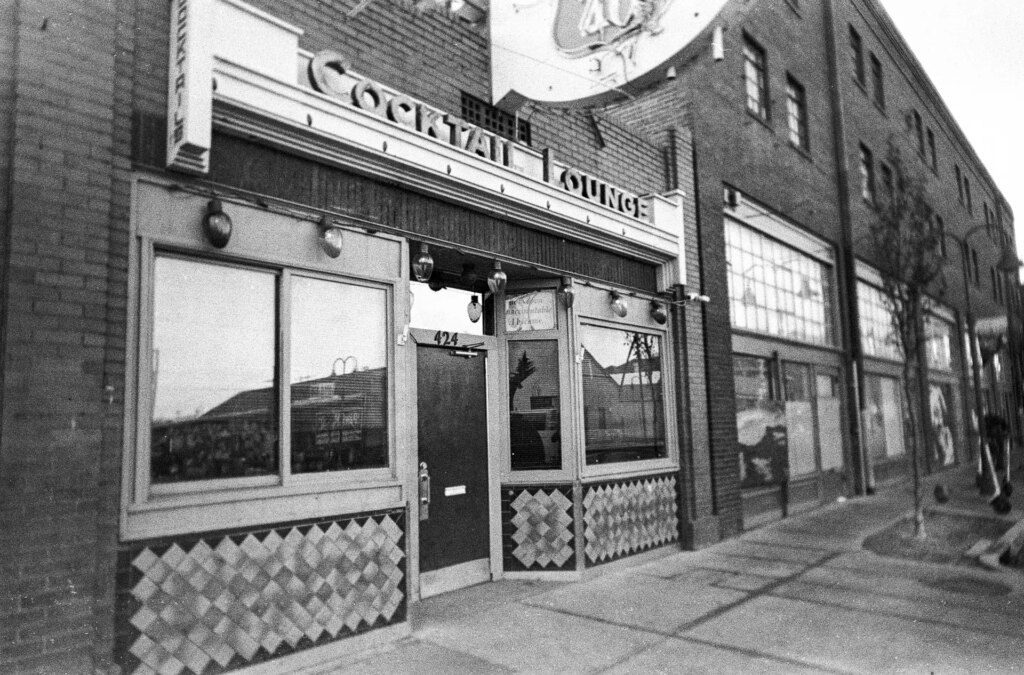
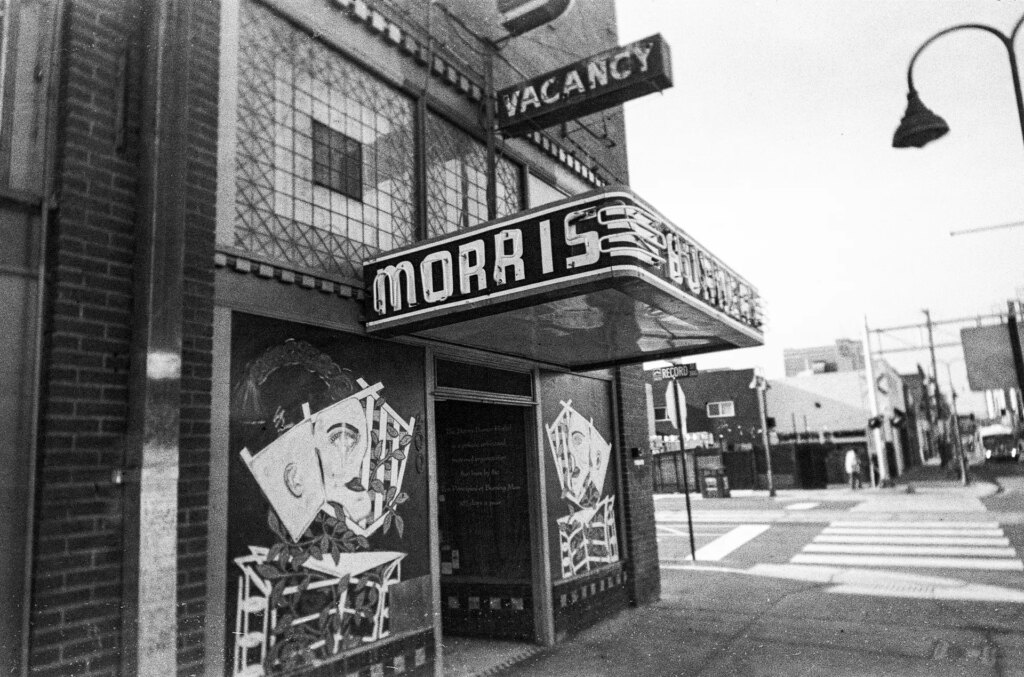
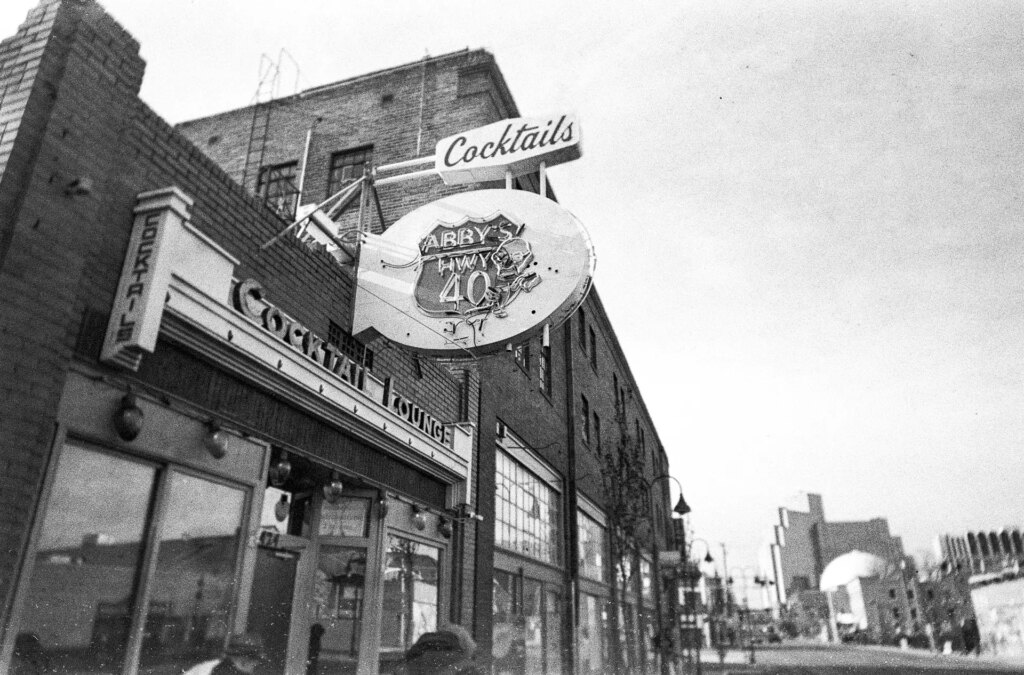
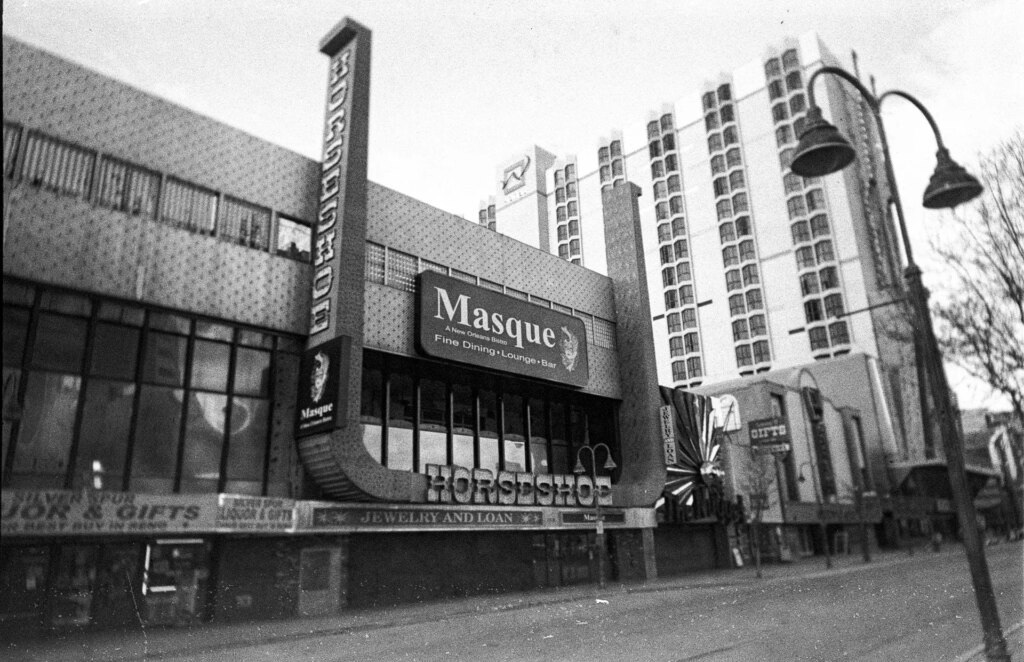
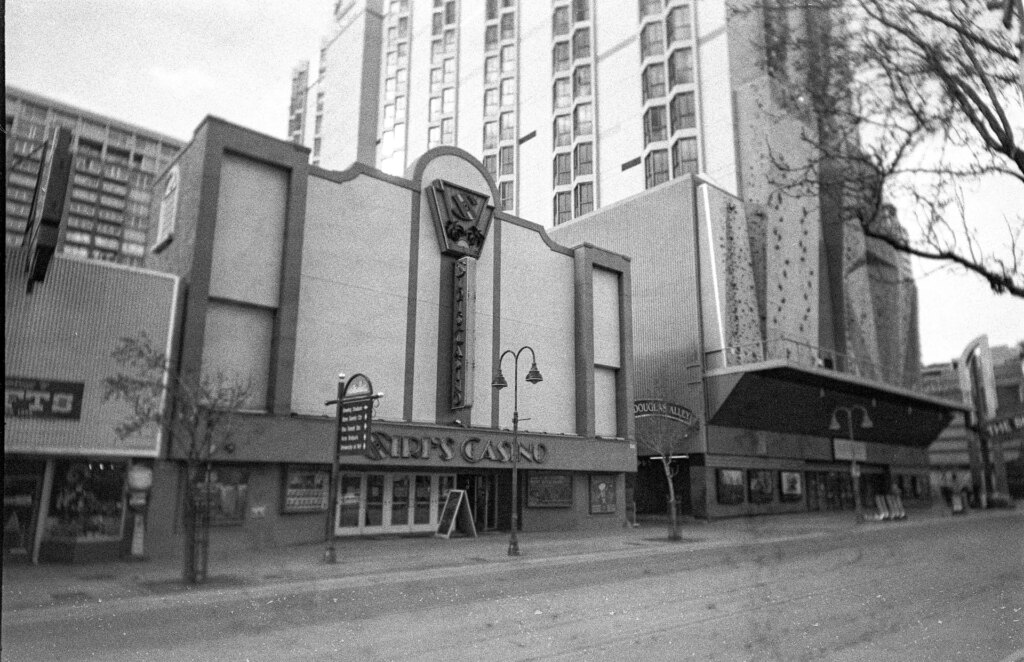
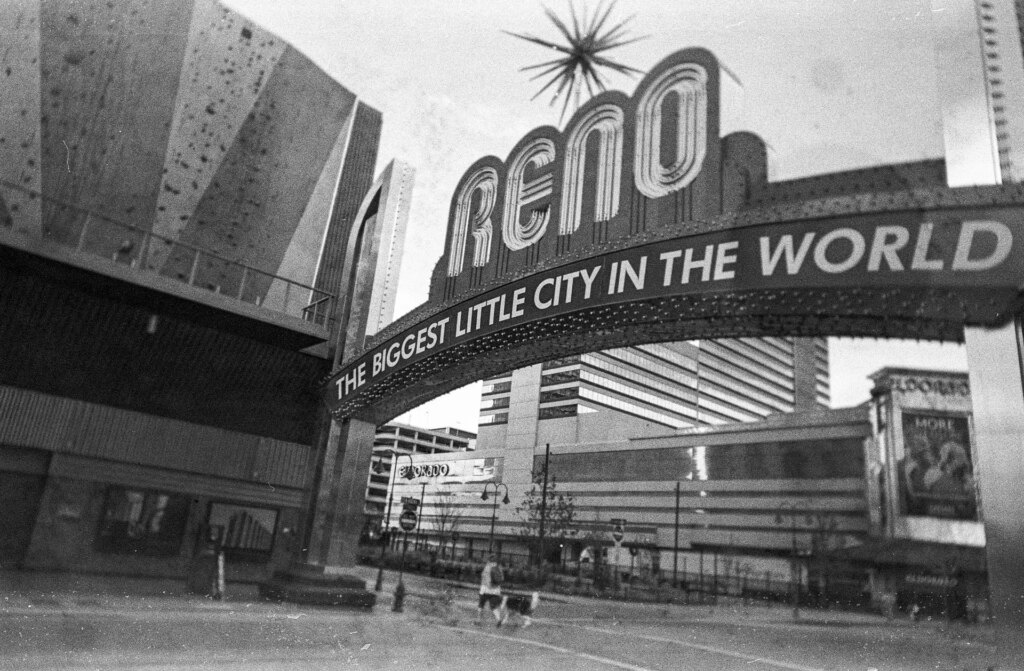
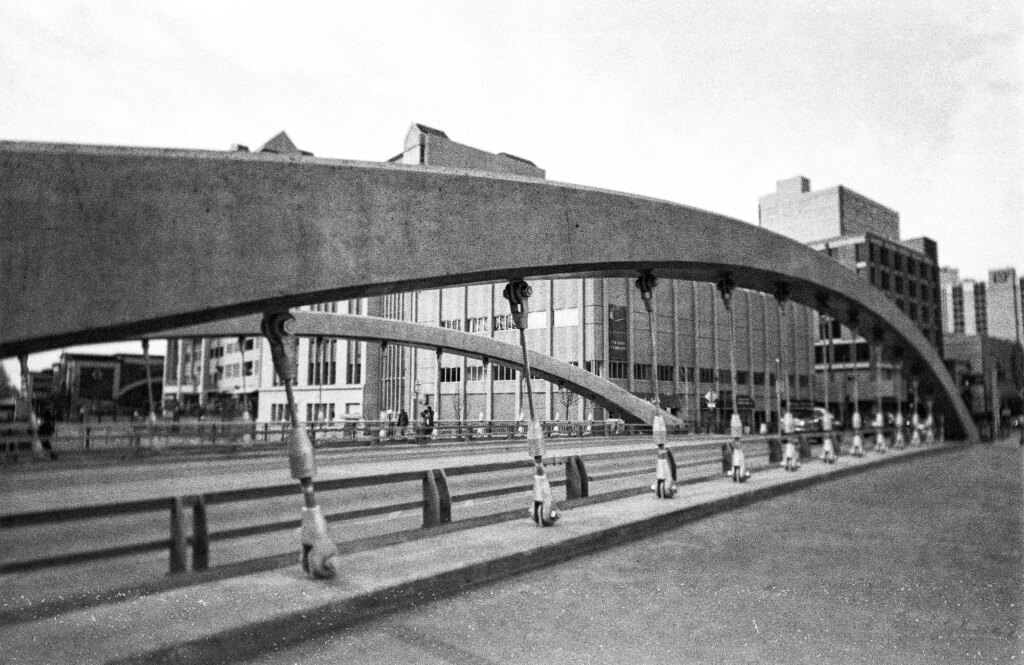
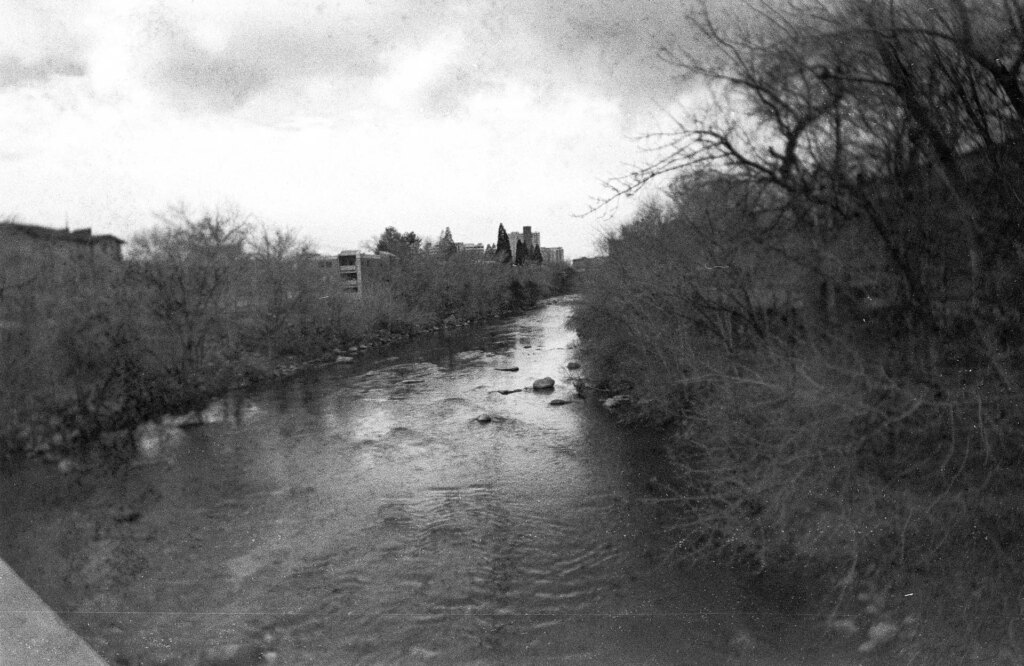
Thanks for reading this far!
If you enjoyed this article, check out my little blog The Daily Lumenbox which mostly features low-fi and experimental photographs, but also my ongoing documentation of Reno.
Sonny Rosenberg is a semi retired Ceramics teacher who lives in Reno NV with his wife and three cats.
Share this post:
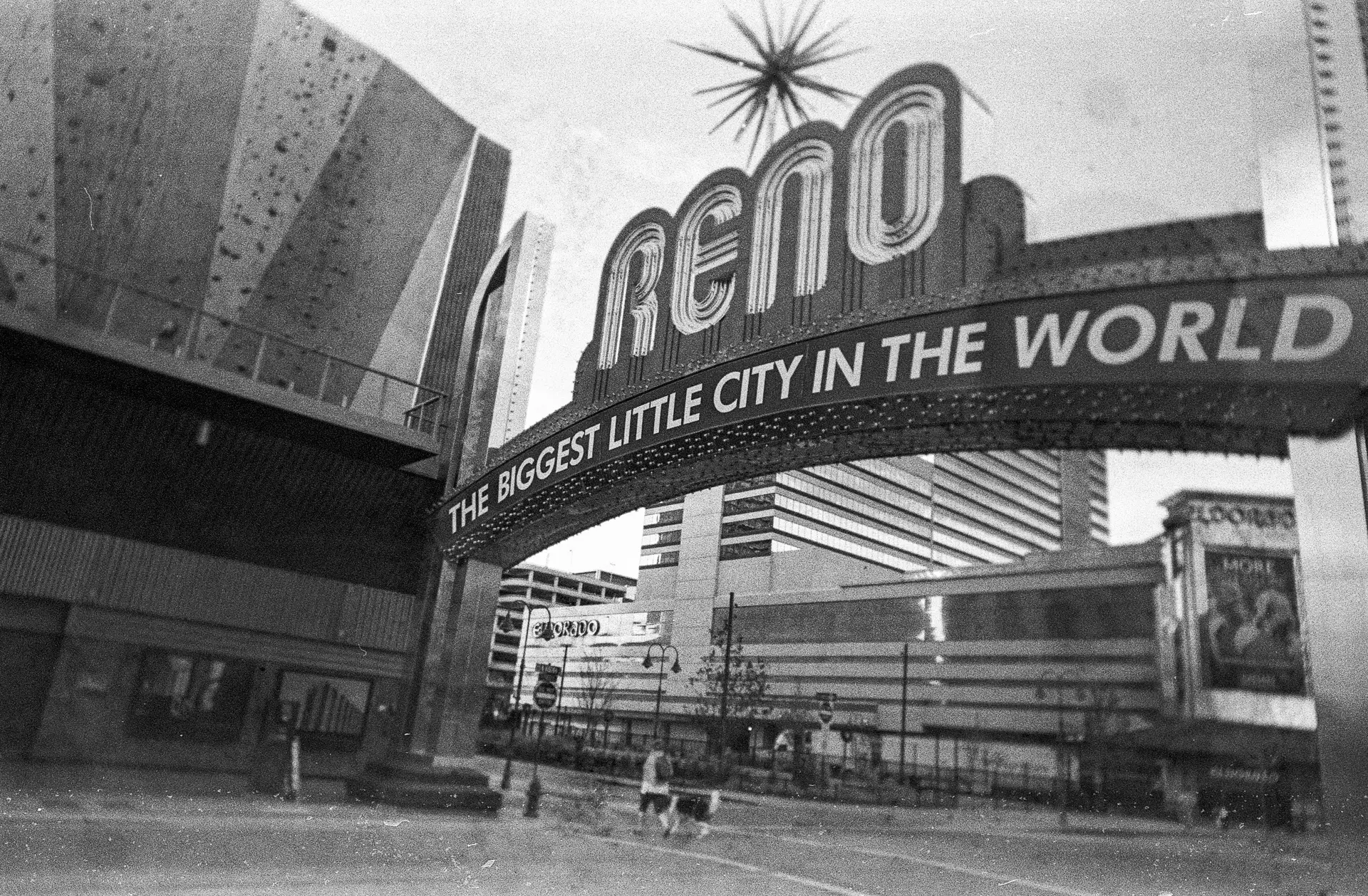








Comments
Bob Janes on Declining Reno – 13 Frames Developed in Kompostinol – by Sonny Rosenberg
Comment posted: 10/02/2023
Good to see more of Reno!
Comment posted: 10/02/2023
Michael Jardine on Declining Reno – 13 Frames Developed in Kompostinol – by Sonny Rosenberg
Comment posted: 11/02/2023
Comment posted: 11/02/2023
Richard Arbib on Declining Reno – 13 Frames Developed in Kompostinol – by Sonny Rosenberg
Comment posted: 11/02/2023
Comment posted: 11/02/2023
Alexander Seidler on Declining Reno – 13 Frames Developed in Kompostinol – by Sonny Rosenberg
Comment posted: 14/02/2023
Comment posted: 14/02/2023
David L on Declining Reno – 13 Frames Developed in Kompostinol – by Sonny Rosenberg
Comment posted: 16/02/2024
You wrote somewhere that your Pen FT broke and you couldn't find anyone to repair it. If that's still the situation...
Google, Luton Camera Repairs, UK
They receive and return by mail. They've serviced two of mine. Olympus sent me to them.
Comment posted: 16/02/2024